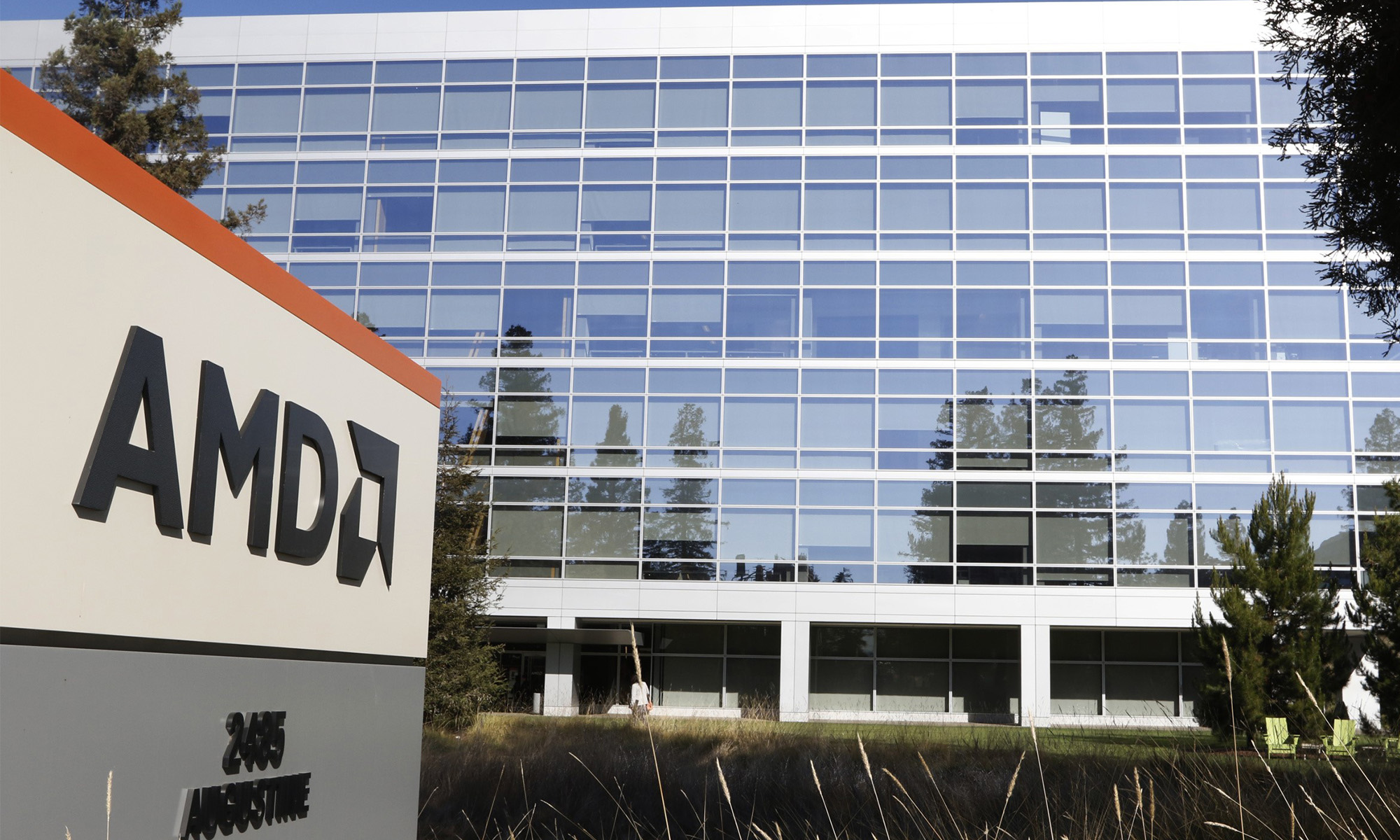For the last several years, Advanced Micro Devices (AMD +0.88%) has released product after product targeted at some sub-niche of the Windows tablet market. Hondo, its first swing at bat, was too power hungry and offered poor performance. Its next attempt, Temash, was appreciably better but still missed the mark and failed to gain traction. Its most recent effort, Mullins, is next up at bat. Can AMD deliver a home-run here?
Two big unknowns: Power consumption and platform cost
From the benchmarking that AMD allowed the tech press to do on its 11.6-inch "Discovery Tablet" reference design, the performance -- both graphics and CPU -- of the platform was quite good. However, for mobile devices, "performance" is a meaningless metric unless accompanied with "power consumption" and "bill of materials cost."
Intel (INTC 0.53%), for example, was able to deliver with its Bay Trail product, a part that offered good performance and power, but the platform that surrounded the system-on-chip was simply too costly relative to competing products from Qualcomm (QCOM 1.75%) and MediaTek. Intel has leveraged its financial might to try to gain share with this product by offsetting this bill of materials deficiency, but it is costing Intel's shareholders a pretty penny.
Given that Mullins is based on the same silicon as the notebook-oriented Beema, it is unlikely that Mullins' platform bill of materials is optimized for lower-cost tablets. However, if the performance and power are there, then it could still find a happy home in larger-screen convertible/detachable devices. AMD is not likely willing to provide contra-revenue support in order to establish market share (and the strategic importance of tablet traction to AMD is far less than that importance to Intel).
Keep a close eye out for design wins
With that all said, the big Computex trade show in Taipei, Taiwan, is set for early June. It is at this event that we could see OEMs announcing new notebook and tablet designs for the back-to-school shopping season. The design win momentum that AMD is able to exhibit with Beema (for low-cost notebooks) and Mullins (for Windows 8.1 tablets) will be critical in determining just how competitive on performance/power/cost AMD's new low-power parts really are.
If AMD's partners show a slew of impressive design wins with Mullins, then this gives hope for AMD's strategy in PCs and tablets long term. The share-loss story has so far been a drag on the company's computing solutions segment and if it can show signs of a meaningful, long-term reversal there against rival Intel, then the stock could be trading at much higher levels than it does today.
Foolish bottom line
Admittedly, I'm not hugely bullish on AMD's tablet or PC parts and don't think the company will really bring the fight to Intel until the 2016 time frame. That being said, if AMD has really executed here and if there is true substance to the company's performance/power claims, then perhaps it will be time to reevaluate those assumptions.
However, given AMD's past disappointments in this space (and Intel's clean sweep of Windows 8.1 tablets and increased penetration in low-end Windows 8.1 notebooks), healthy skepticism is warranted and we should wait to see just what designs AMD has won with Mullins.






